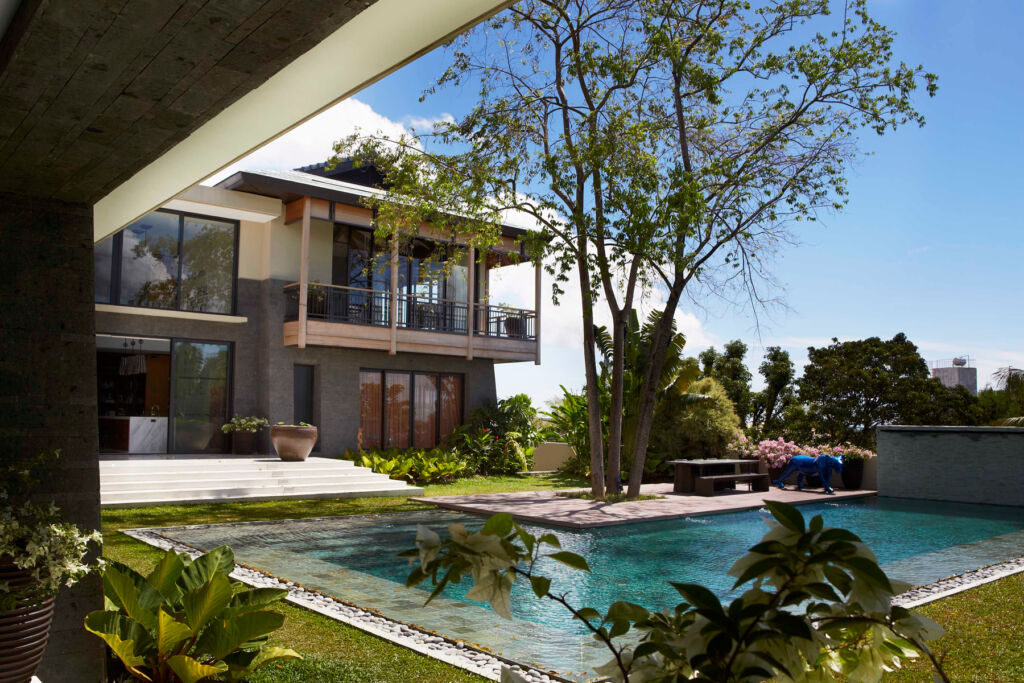
Anna Maria Sy is one half of CS Architecture, an architectural firm with a foot on two continents. Ong Chin Huat speaks to her about the difference between working in the US and Asia, her predilection towards 19th Century Beaux Arts western classicism and early 20th Century European modernism and finds out what her definition of good taste is.
As an award-winning, full-service architecture, interior design and consulting firm, CS Architecture was founded by architects Anna Maria Sy and Jason Chai in 1992 and has been changing the landscape and skylines of both North American and Southeast Asia by designing corporate buildings, educational structures and residential projects.
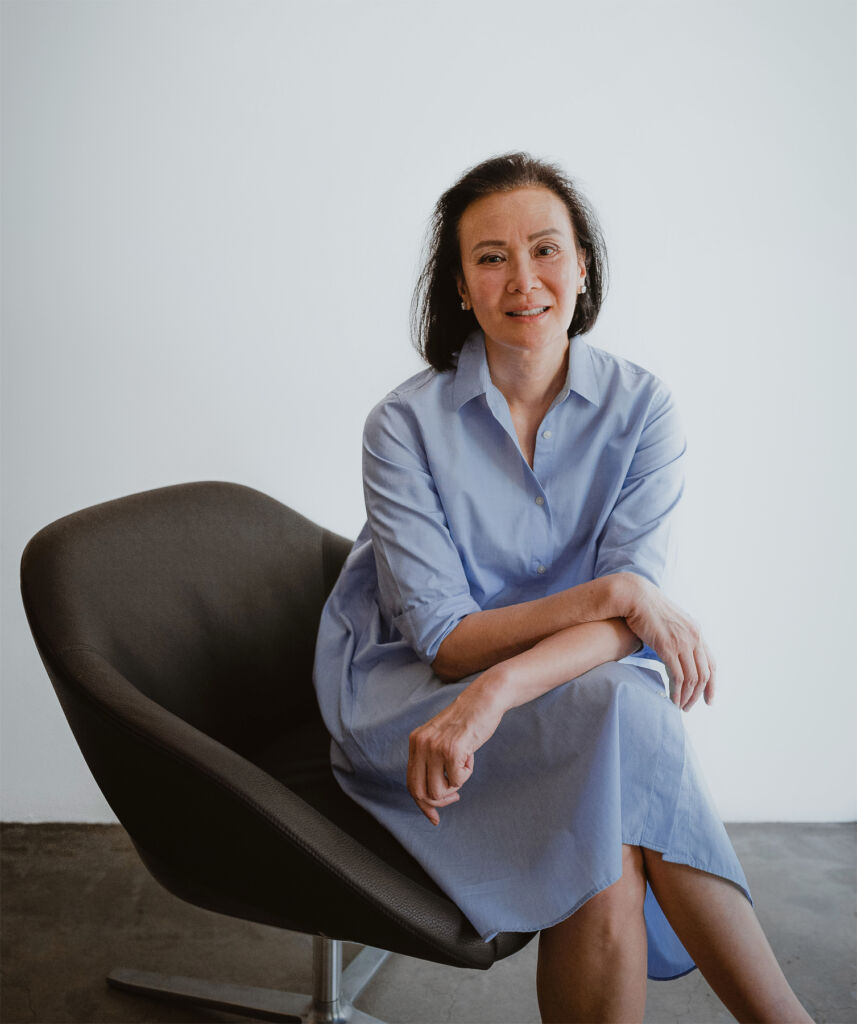
Headquartered in Connecticut, USA, with offices in Manila, Anna Sy is the Managing Director of CS Design Consultancy in the Philippines. She oversees all architectural and interior design for their international projects.
Educated at Harvard University’s Graduate School of Design as well as Columbia University, some notable projects which Anna has been responsible for include the design and construction of Somera Residence in Bel Air California, Dasmarinas Village in the Philippines and a condominium conversion at 37 East 12th Street in New York.
With a design ethos and aesthetic vision which is firmly rooted in contextualism whereby location and geographical setting take priority with high consideration paid to the environmental impact their projects impose, CS Architecture takes great pride in elevating each of their creations through intuitive expression but always with sophisticated restraint while letting the purity of each design speak for itself.
Luxurious Magazine: How did you get interested in architecture and interior design?
Anna Maria: As a person, I have always been very visual and even as a child, I was sensitive to the built environment that surrounded my everyday life. I loved building models, so how parts come together to create a whole has always fascinated me.
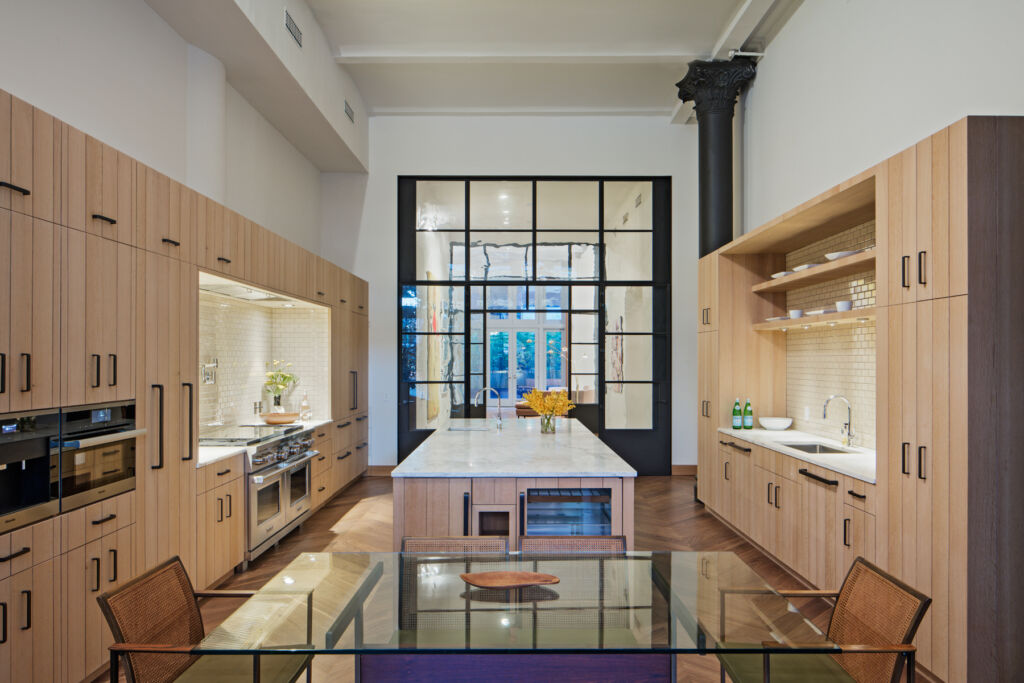
LM: Do you see yourself more as an architect or interior designer?
Anna Maria: I am an Architect, in education and training. My involvement in ID is selective and only usually when there is an opportunity to enhance and strengthen the architectural design. My idea of ID is more of a collective perspective and always in support of the architecture.
LM: What about in your practice? Do you find yourself doing more architecture or interior design?
Anna Maria: Definitely more architecture.
LM: What’s the main difference you find working in the US compared with Asia?
Anna Maria: Environmental differences are primary to this comparison. The West focuses on the need to heat a house for half the year, whereas the East requires cool air throughout the year. Similarly, due to tropical weather, an open layout which brings in ventilation and daylight is an ideal design response. In contrast, the West requires a more contained volume, limiting the number of exterior surfaces exposed to the elements.
In addition, regional project variances are also due to culture and lifestyle. In the East, the concept of the “extended family” as well as an extensive household service staff are prevalent. This translates to design requirements: additional bedrooms, an extensive area for entertaining regular family gatherings, and large living quarters for staff members. In the West, the layout requirements are usually less complicated.
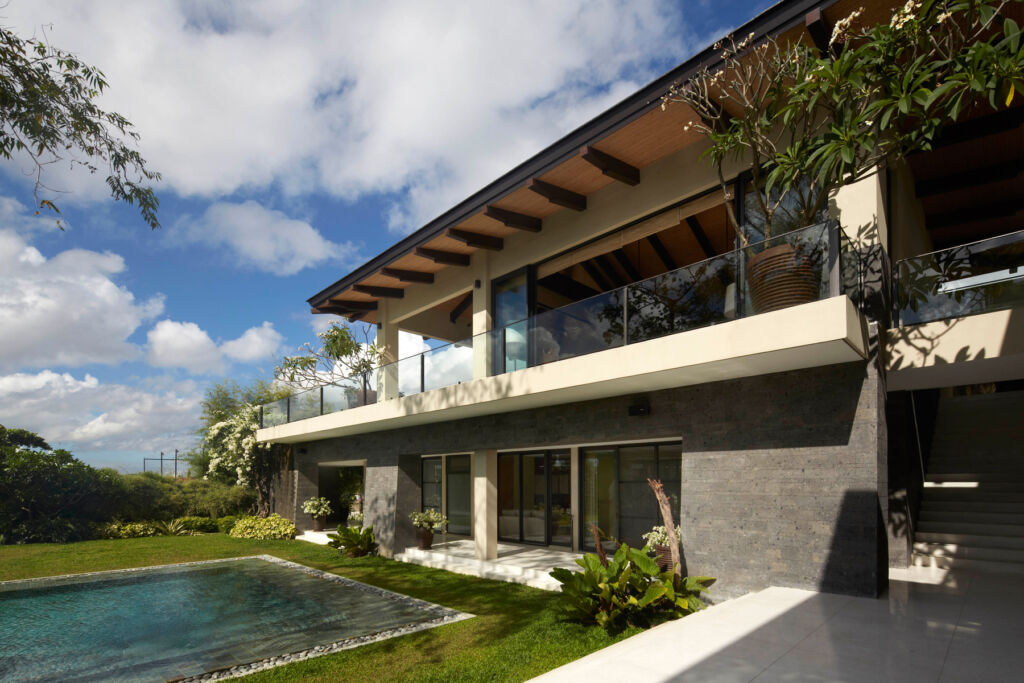 The exterior of a home in Cebu in the Philippines.
The exterior of a home in Cebu in the Philippines.
LM: Do you prefer designing commercial or residential projects?
Anna Maria: Residential projects remain my favourite in that the structures remain horizontal in nature, and there are more opportunities to be creative and innovate. This, of course, differs from office buildings, where layouts are often a redundant iteration of an initial design.
When you design residences, you are ultimately designing a home, not just a house. The connection is personal, and the journey with the client is shared. In fact, many of my residential clients have since become good friends.
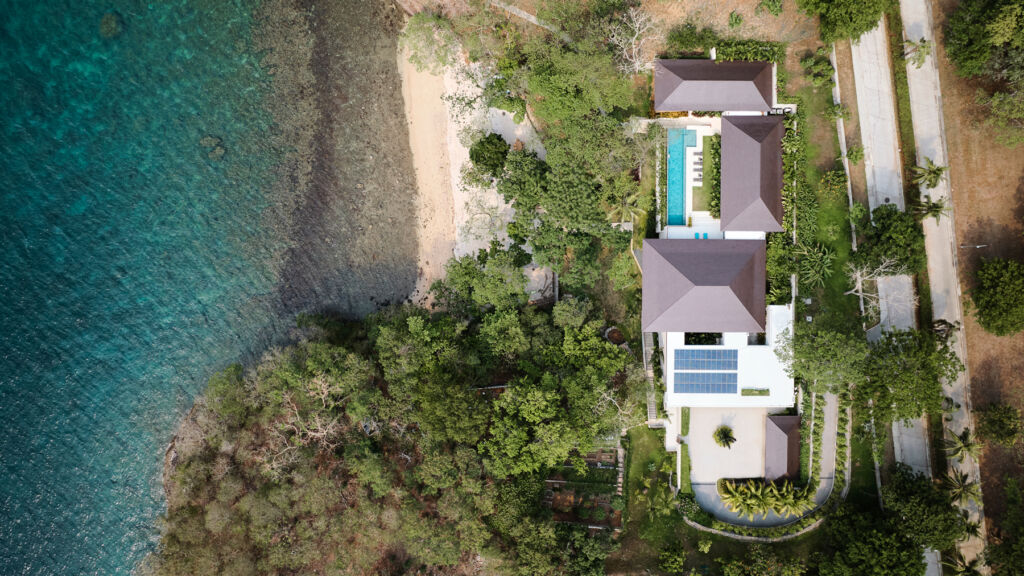
LM: Which project you have done do you think reflects your design philosophy to the fullest?
Anna Maria: The world is never static, and neither are people. Our tastes, ambitions, and perceptions evolve. Much of the world is in flux. Many of our projects have brought much joy and inspiration to my life, but in answer to your question – it would be “the next one.”
LM: Why do you prefer 19th Century Beaux Arts Western classicism and early 20th Century European modernism?
Anna Maria: My undergrad program at Columbia focused on this field of study, espoused by Robert Stern. Under his tutelage, the undergraduate program consisted of a thrust into Beaux Arts classicism to understand the historical significance of classical architecture: the idea of proportion, balance, formality and classical order of things. Understanding these concepts gives you the foundation that allows you to innovate. It remains a design tenet in our practice today.
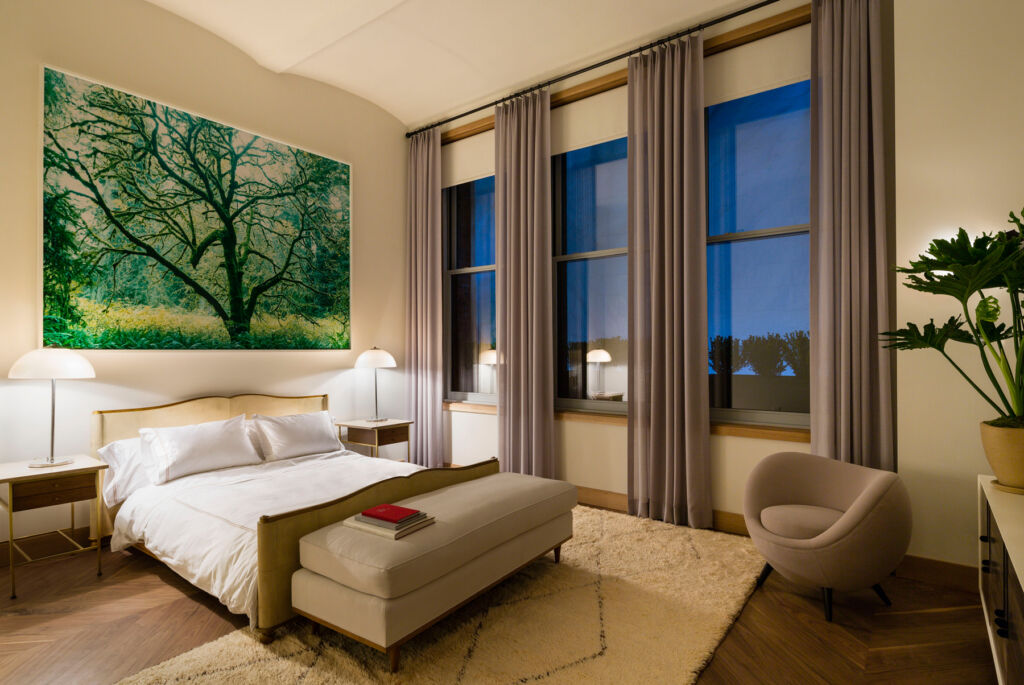
LM: How would you describe your own style in terms of interiors?
Anna Maria: As mentioned, my idea of ID is more as a collective perspective and always in support of the architecture and like our architecture, our design approach is one that is mindful, sensitive, contemporary and culturally relevant.
LM: Just like fashion, architecture and interior design also have trends. What are the trends you see in interiors currently and in the future?
Anna Maria: At CS, we do not think of architecture as something transient, but rather something that is lasting. Our designs attempt to transcend trends and choose instead to uphold values that will stand the test of time. Architecture is about legacy just as much as it is about relevance.
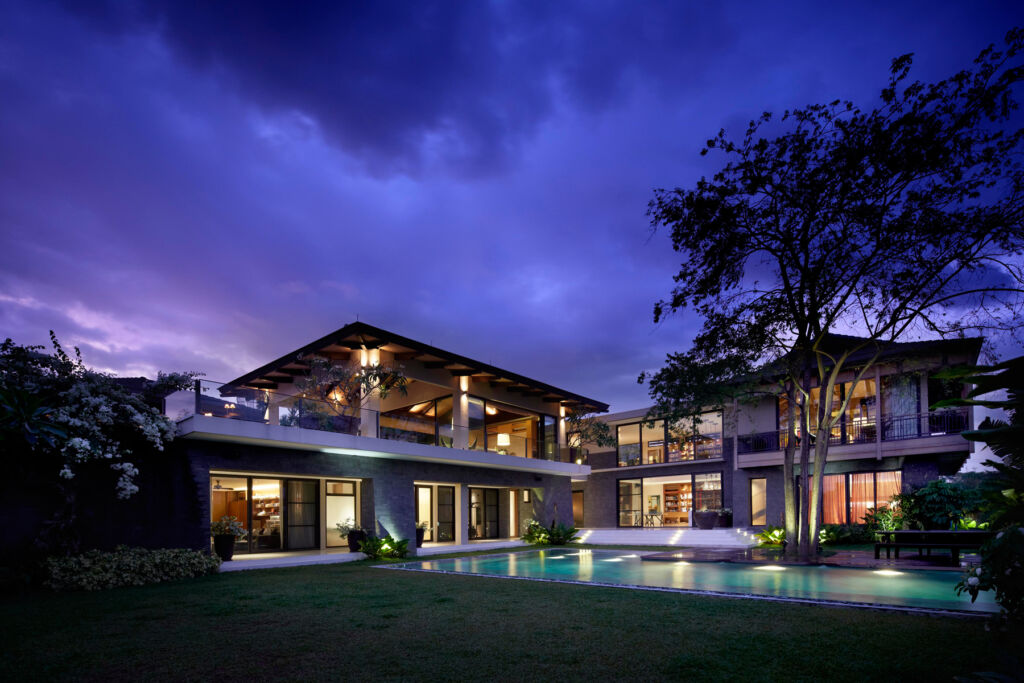
LM: How do you define good taste?
Anna Maria: Good taste is an individual preference, but personally, it is about finding that balance in an environment that simultaneously energises and centres you. It is that state of being that transcends all external opinions and remains true to whom a person is at their core. It is this resonance that, for me, constitutes good taste.
For more information on CS Architecture, visit .
Read more exclusive interviews and profiles here.
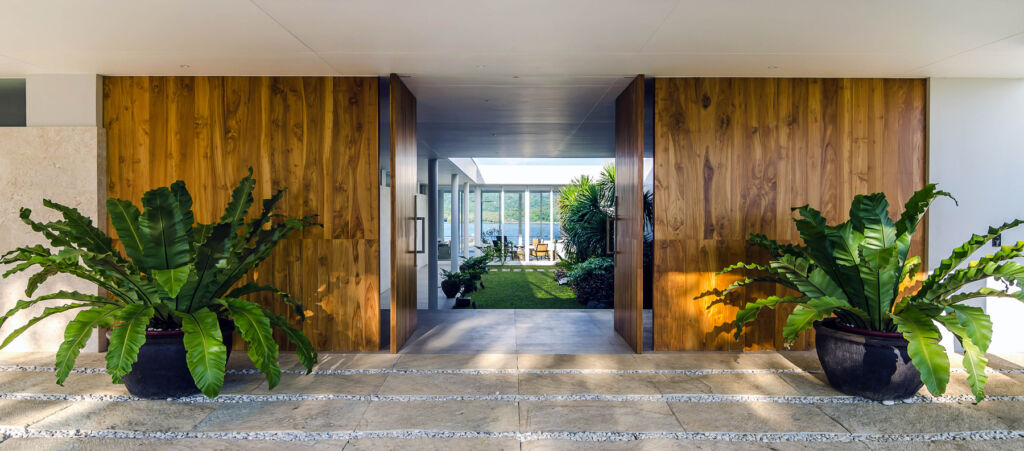
![]()


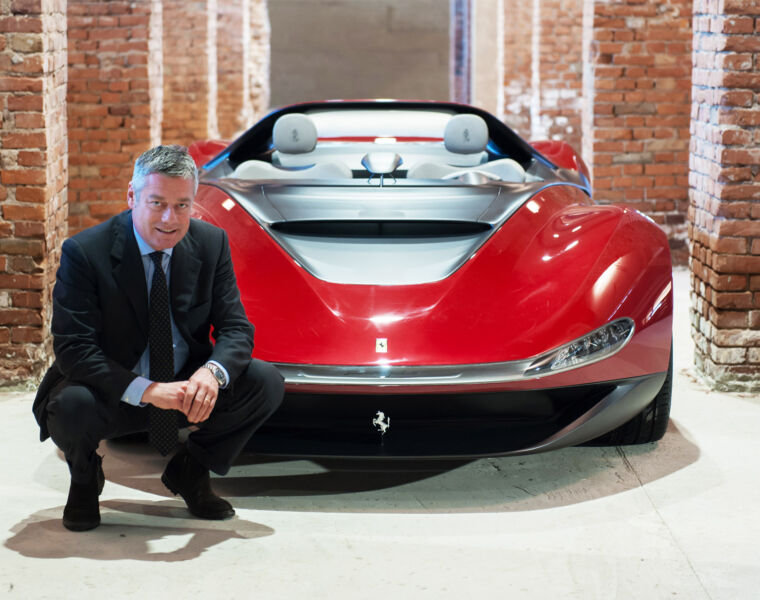

You must be logged in to post a comment.